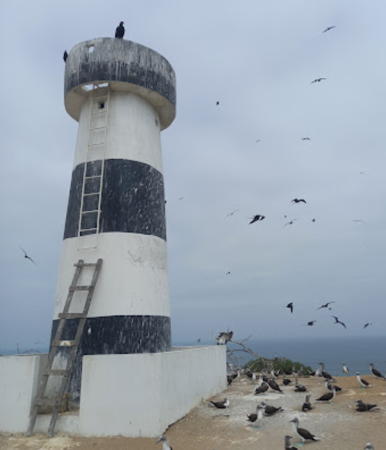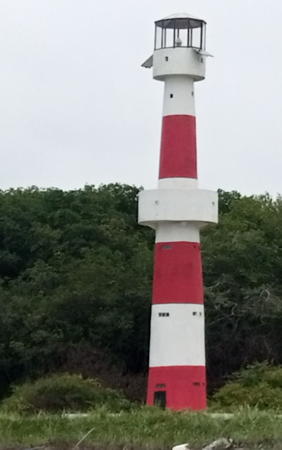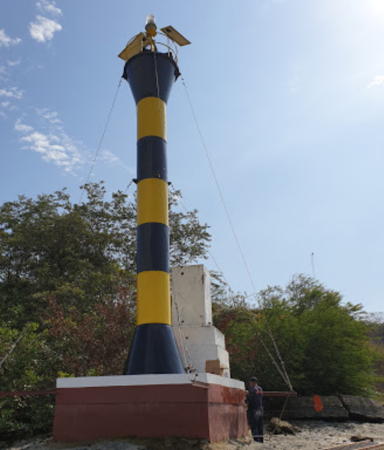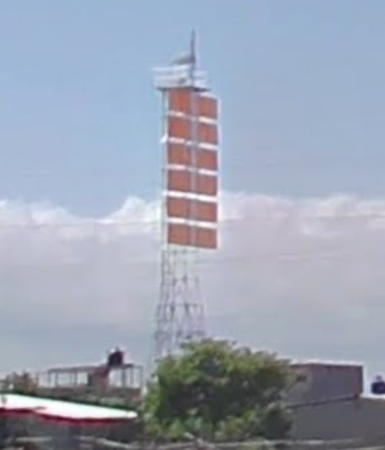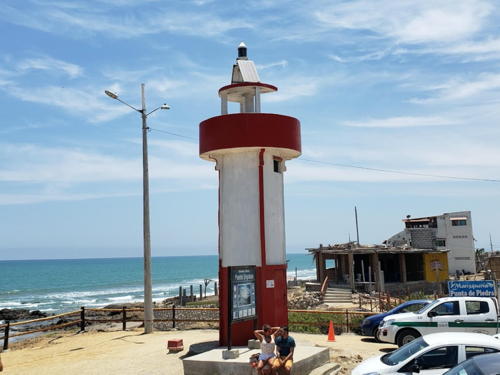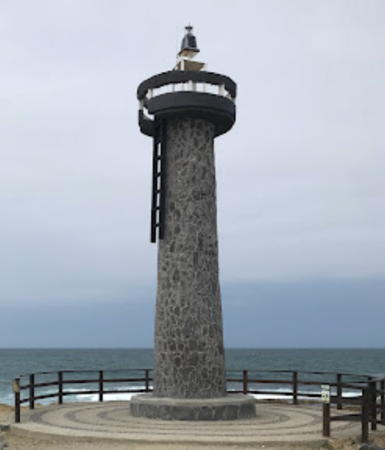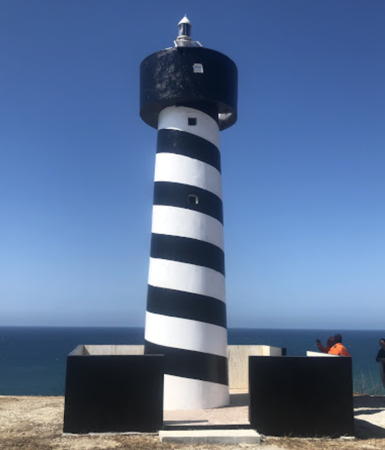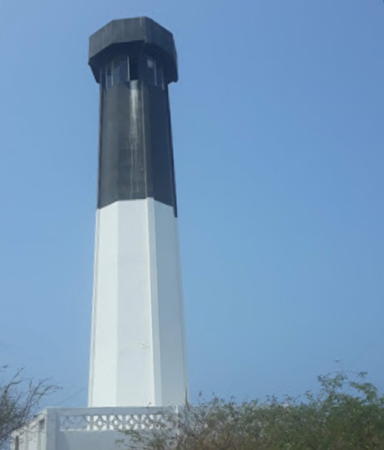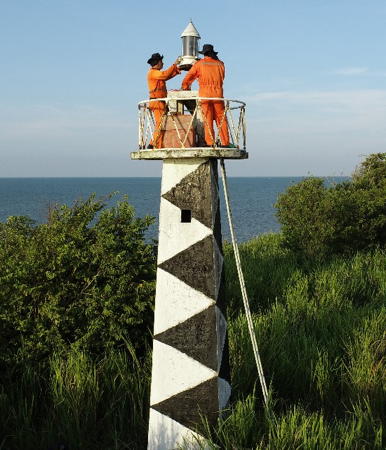The Republic of Ecuador is located on the northern Pacific coast of South America between Colombia and Peru. It is in fact named for the Equator, which passes through the northern part of the country. Guayaquil is Ecuador's major seaport, but there are several others, including Puerto Bolívar in the south, Manta on the central coast, and Esmeraldas in the north.
Ecuador is divided into 24 provinces (provincias). This page includes lighthouses of the five provinces of the mainland coast. Ecuador also administers the Galápagos Islands and lights on those islands are described on a separate page.
The Spanish word for a lighthouse is faro; isla is an island, cabo is a cape, punta is a promontory or point of land, péñon is a rock, arrecife is a reef, bahía is a bay, ría is an estuary or inlet, estrecho is a strait, río is a river, and puerto is a port or harbor. Also, the Spanish word canal means a natural channel, not an artificial canal.
Aids to navigation in Ecuador are owned by the Navy (Armada del Ecuador) and maintained by the Aids to Navigation Department (Departamento de Ayudas a Navegación) of the Navy's Oceanographic Institute (Instituto Oceanográfico).
ARLHS numbers are from the ARLHS World List of Lights. EC numbers are Ecuadorian light list numbers, where known, as given by the Admiralty. Admiralty numbers are from volume G of the Admiralty List of Lights & Fog Signals. U.S. NGA List numbers are from Publication 111.
- General Sources
- Derrotero de la Costa Continental e Insular del Ecuador (pdf)
- 2005 edition of a coast pilot; it includes small photos of many of the lights.
- Online List of Lights - Ecuador - Golfo de Guayaquil and West Coast
- Photos by various photographers posted by Alexander Trabas. The Ecuador photos are by Hendrik Martin Porath or Capt. Peter Mosselberger ("Capt. Peter").
- World of Lighthouses - Equador
- Photos by various photographers available from Lightphotos.net.
- Phares d'Amérique
- From their Phares du Monde web site, Alain Guyomard and Robert Carceller have photos of four lights in the Galápagos and two lights of the mainland..
- Google Maps
- Satellite view of Ecuador's coast.

Punta Santa Elena Light, Salinas, January 2018
Google Maps photo by Aventura Andrade
